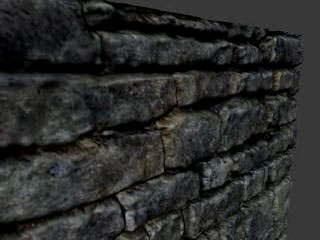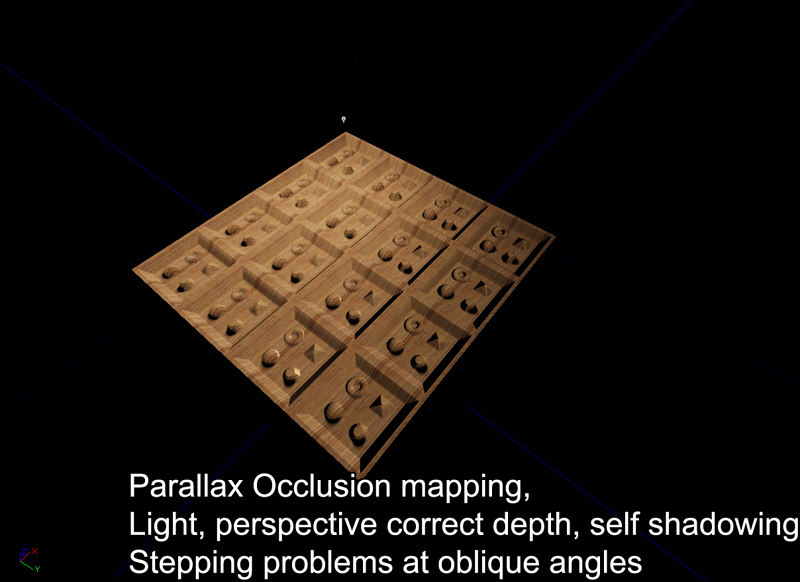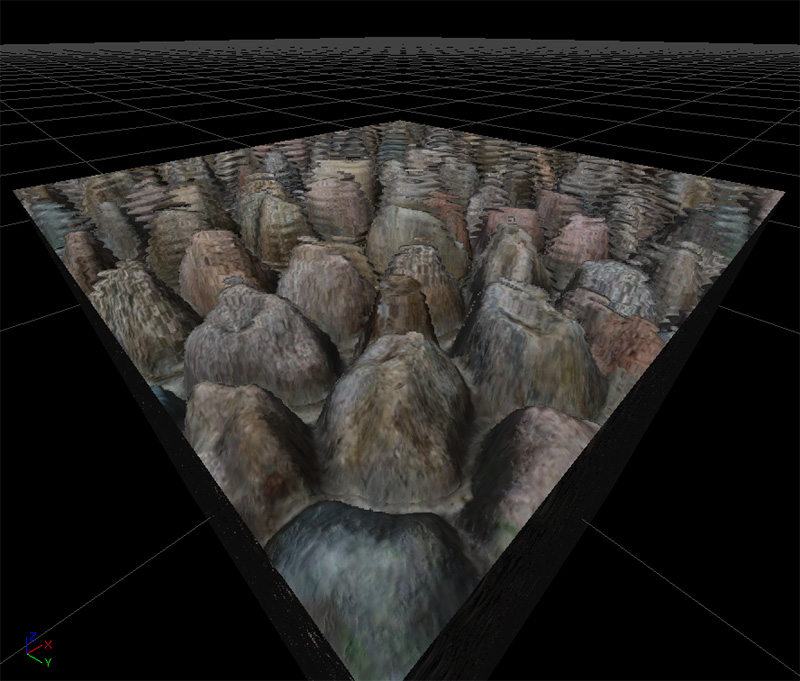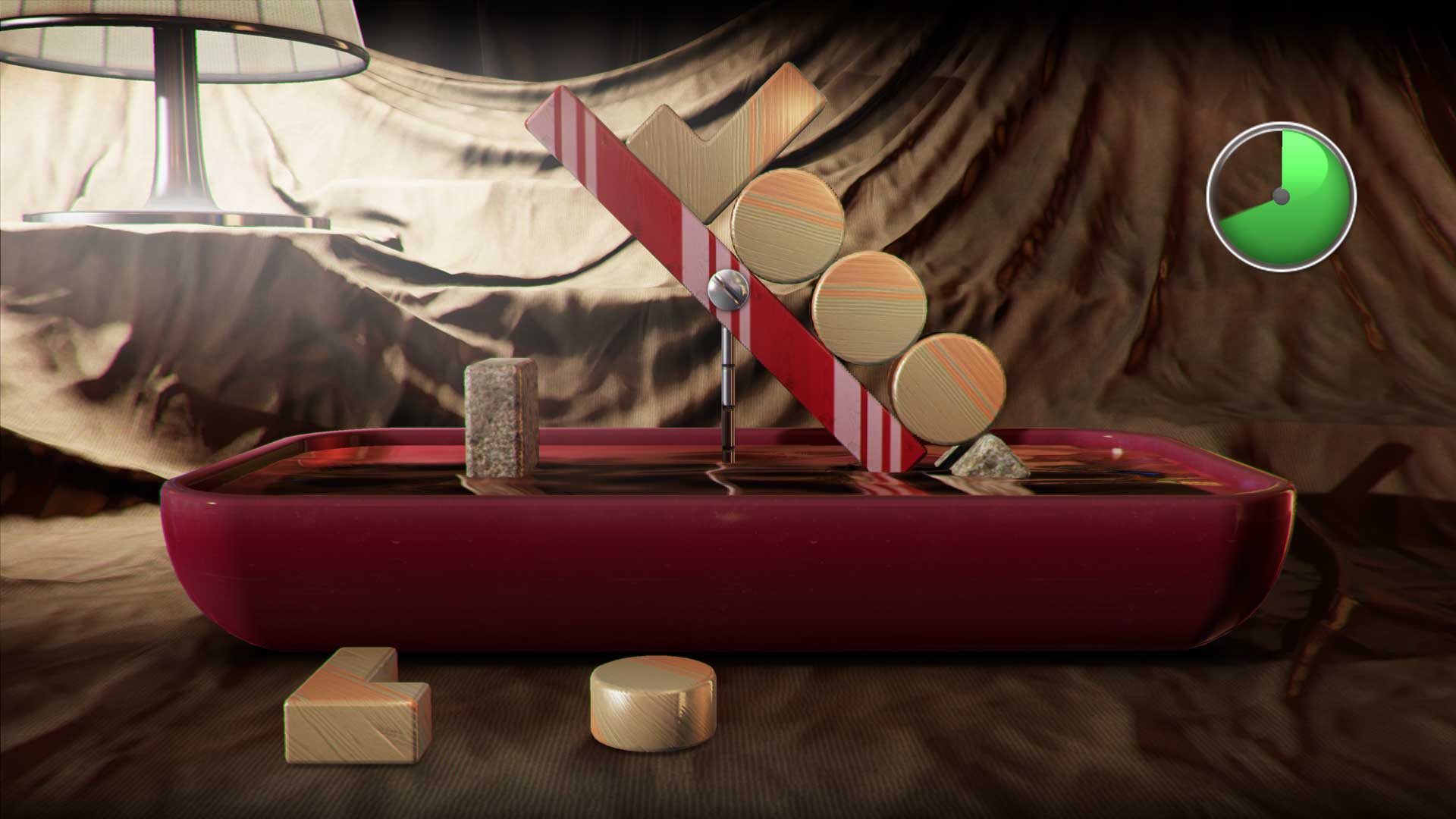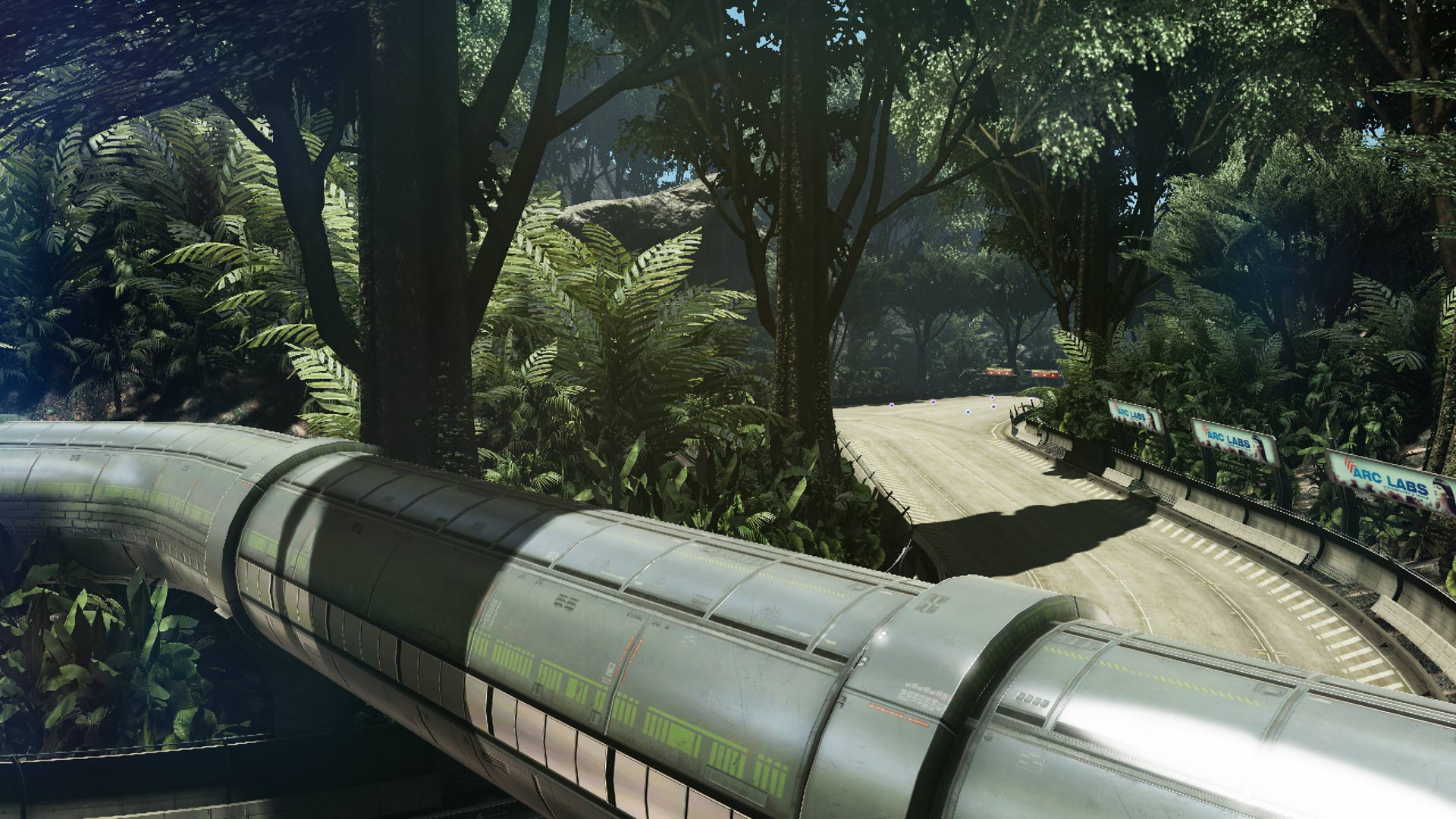So you have no idea what ibl is then.
Guy, you specifically said 'That must be tesselation' (from sand dunes 30 meters away, and a rock formation 500+ meters awat lol)
And they said ' We used a lot of 3D scanning. Great results but hard to work with >1GB files for a single mesh...' '. From these we process them to game compatible assets.'
Thats NOT tesselation guy, tesselation is the subdivision of primitives, into more vertices, in real time on the games runtime.
NOT scanning a real or high end 3d render image to get a result and then approximating it to usable game assets, thats image based.
Oh, and obviously ambient occlusion dingleberry, its not dependant on geometric complexity, and its not part of any texture map, and works from any visible angle.
Mind you, what if they used 3d scanning?
here
http://www.academia....acement_Mapping
"
Domain surface and a scalar displacement map
One application of displacement mapping that will be looked at more closely is displaced subdivision surfaces (Lee et al, 2000). It is used for describing surface of highly detailed models that are generated by 3D scanning devices. This method greatlyreduces memory requirements for the model, as it requires only a relatively simpledomain surface and a scalar displacement map.
"
Another example
http://research.micr...e/hoppe/dss.pdf
"
Displaced Subdivision Surfaces
ABSTRACT
In this paper we introduce a new surface representation, the
displaced subdivision surface. It represents a detailed surface
model as a scalar-valued displacement over a smooth domain
surface. Our representation defines both the domain surface and
the displacement function using a unified subdivision framework,
allowing for simple and efficient evaluation of analytic surface
properties. We present a simple, automatic scheme for converting
detailed geometric models into such a representation. The
challenge in this conversion process is to find a simple
subdivision surface that still faithfully expresses the detailed
model as its offset. We demonstrate that displaced subdivision
surfaces offer a number of benefits, including geometry
compression, editing, animation, scalability, and adaptive
rendering. In particular, the encoding of fine detail as a scalar
function makes the representation extremely compact.
1. INTRODUCTION
Highly detailed surface models are becoming commonplace, in
part due to 3D scanning technologies. Typically these models are
represented as dense triangle meshes. However, the irregularity
and huge size of such meshes present challenges in manipulation,
animation, rendering, transmission, and storage. Meshes are an
expensive representation because they store:
(1) the irregular connectivity of faces,
(2) the (,,) coordinates of the vertices,
(3) possibly several sets of texture parameterization (,)coordinates at the vertices, and
(4) texture images referenced by these parameterizations, such as
color images and bump maps
An alternative is to express the detailed surface as a displacement
from some simpler, smooth domain surface (see Figure 1).
Compared to the above, this offers a number of advantages:
(1) the patch structure of the domain surface is defined by a
control mesh whose connectivity is much simpler than that of
the original detailed mesh;
(2) fine detail in the displacement field can be captured as a
scalar-valued function which is more compact than traditional
vector-valued geometry;
A simple example of a displaced surface is terrain data expressed
as a height field over a plane. The case of functions over the
sphere has been considered by Schröder and Sweldens [33].
Another example is the 3D scan of a human head expressed as a
radial function over a cylinder. However, even for this simple
case of a head, artifacts are usually detectable at the ear lobes,
where the surface is not a single-valued function over the
cylindrical domain.
The challenge in generalizing this concept to arbitrary surfaces is
that of finding a smooth underlying domain surface that can
express the original surface as a scalar-valued offset function.
We instead define the domain surface using subdivision surfaces,
since these can represent smooth surfaces of arbitrary topological
type without requiring control point constraints.
Our representation, the displaced subdivision surface, consists of a
control mesh and a scalar field that displaces the associated
subdivision surface locally along its normal (see Figure 1). In this
paper we use the Loop [27] subdivision surface scheme, although
the representation is equally well defined using other schemes
such as Catmull-Clark [5].
"
Here you have a prctical use of 3d scanning with displacement
http://pixelsix.net/...tivePlay.3Dscan
"
3D Scanning
For my personal scanning results go to link
Friedrich's Milkscanner
The Milkscanner is a free tool that allows the scanning of objects and creates a Displacement map for use with Moviesandbox or any other 3D App that would allow for displacement mapping.
"
here is another if you dont like that one
http://www.surfacemimic.com/gallery/
"
Welcome!
Surface Mimic Sells 3D surface scans for digital artists in the Visual Effects and Video Game industries. Our surface scans are high resolution displacement, normal, and color diffuse .psd images
"
Considering the above and this reply from Shinen:
"
@ShinenGames@HylianCIA These were only the source data sizes. From these we process them to game compatible assets.
"
Its obvious that the 3d scanning would later be converted to compatible meshes and they would later process them with tesselation and other stuff
As for the rest you are claiming, there are level of detail you know, its obvious they are using displacements and tesselation cause the geometry feels real not a fake using lighting tricks like bump or normal maps which are easy to tell in parallel objects?
http://www.nvidia.co...-bundle-uk.html

so are you saying taht the rocks and mountains in fast racing neo look like the image in the left side?
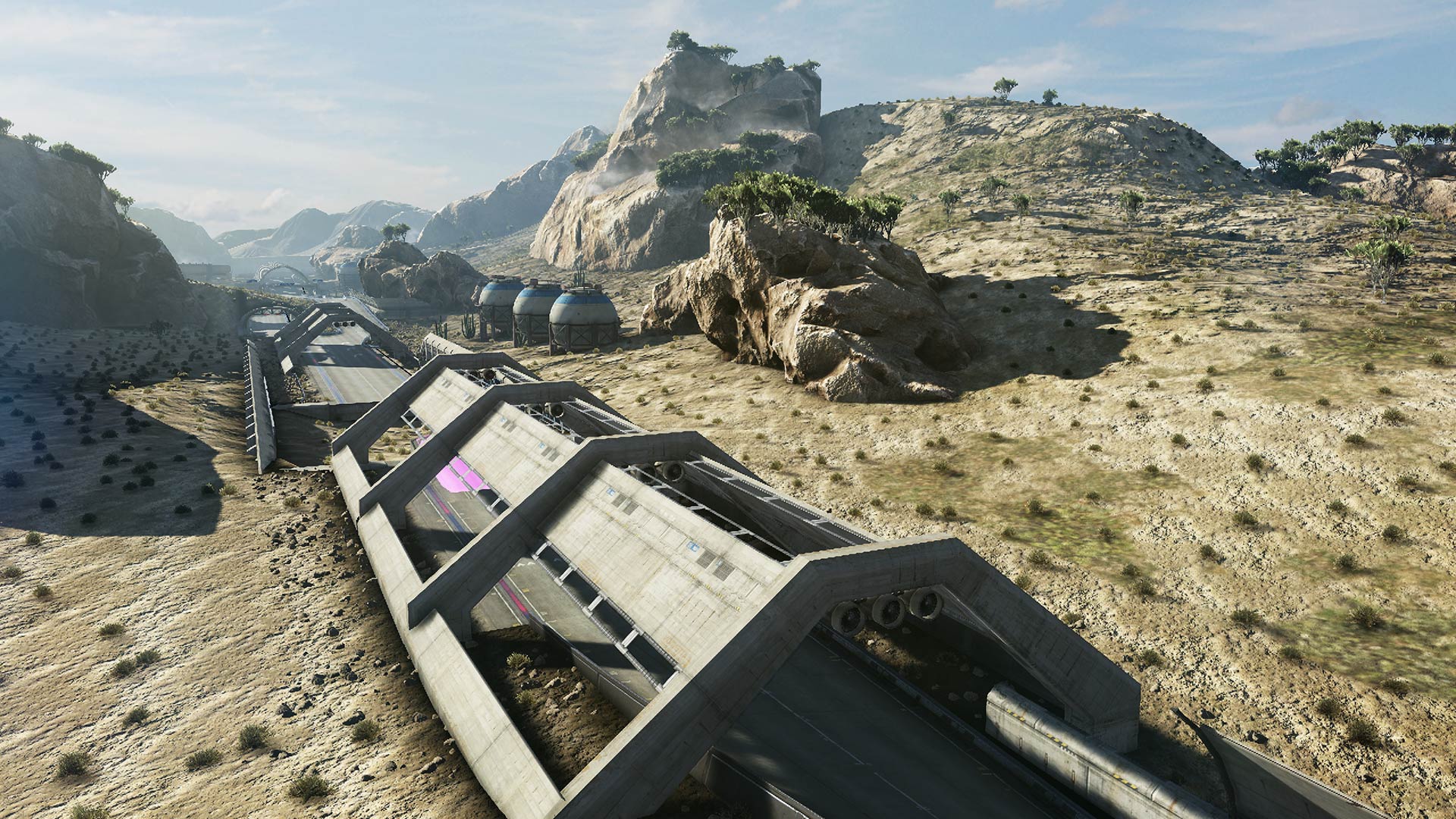
here more examples
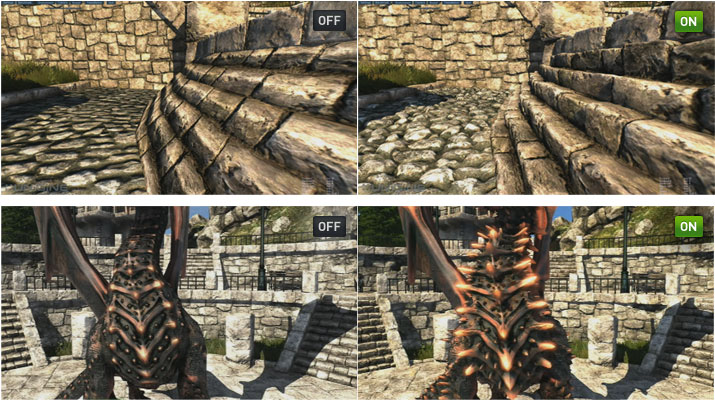
is the ground in fast racing neo plane or detailed ith true geometry?

you can also tell that is diplacment and not bump or normal mapping cuase these ast 2 just simulate depth with light and if you look closely looks plane specially in parallel objects, and also the shadows of the objects would not reflect the bumps on the edges while diplacement does; looking closely to the shadows we can see that hey in fact respect the bumps of the edges of the objects
Displacement mapping is a technique for adding geometric detail to surfaces at render time. In contrast with bump mapping, which works by just changing the surface normal to create the illusion of surface detail, displacement mapping modifies the surface itself.Here is an example of the same object rendered with bump mapping and with displacement mapping:


Original object Bump mapping

Displacement mapping
In the case of displacement mapping, the surface is actually modified, which leads to correct outline, shadow and GI. In the case of bump mapping, although the surface appears modified, the outline and the shadow stay the same.
Note that displacement is different from other kinds of shading, since it needs to modify the actual object surface. Therefore an object must be displaced before it can be rendered. This is why in V-Ray displacement is represented with a modifier (although the modifier can take the displacement map from the object material).
Sorry dude, you did this to you on your own
Edited by megafenix, 20 September 2014 - 09:59 AM.
As its still a complex scene in frneo, but the ssao is really obvious and well done. And well, any active global illumination technique is the exact opposite of 'old school shading', even an approximation like ssao, and especially when its this well done.








